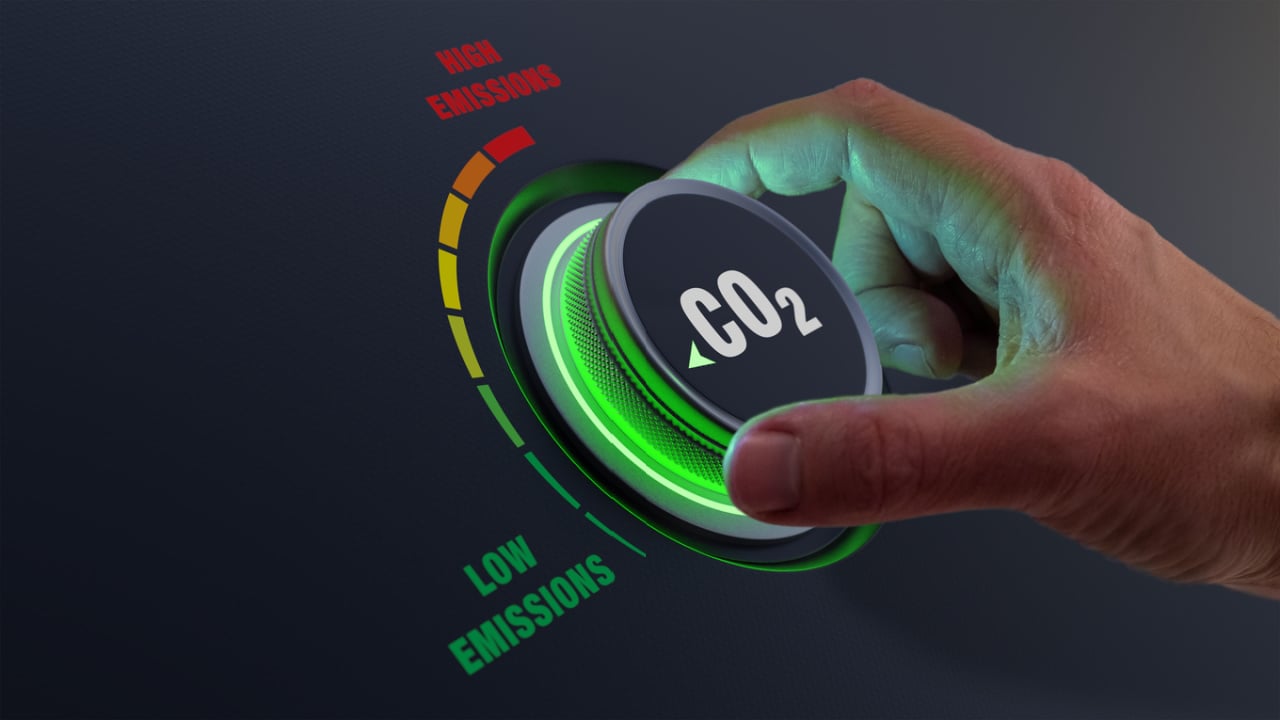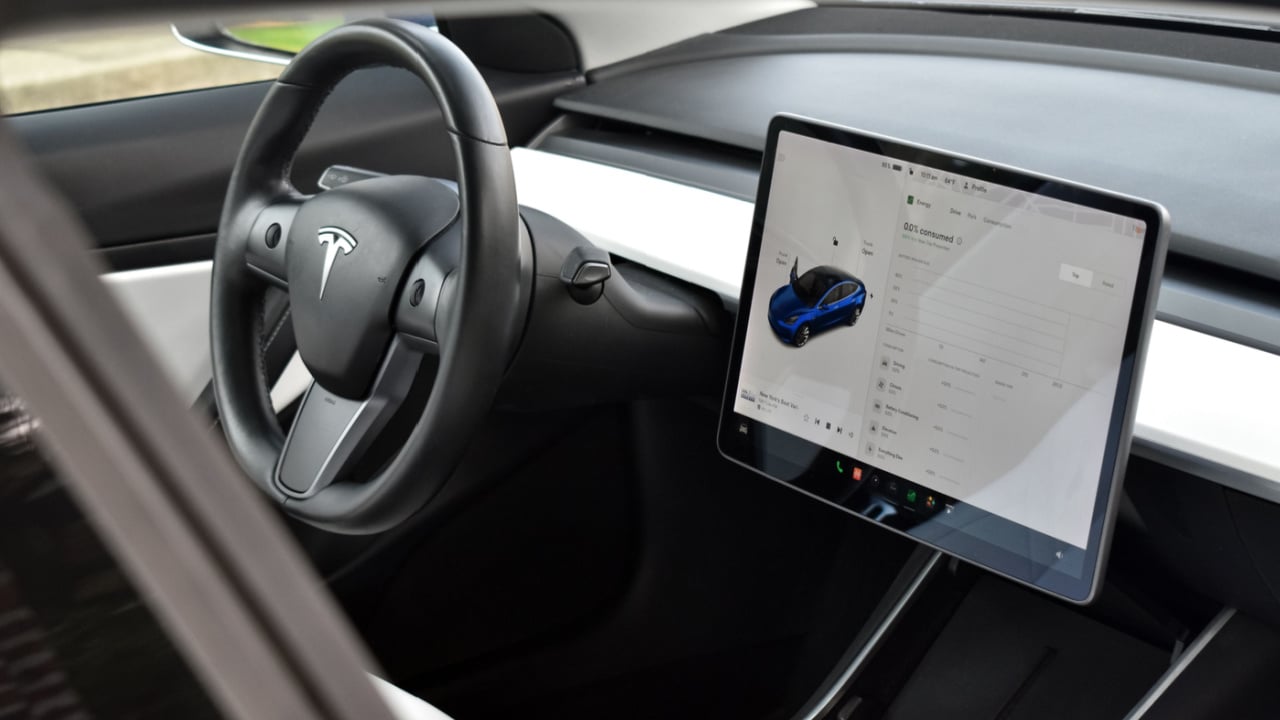The electric vehicle revolution has emerged as a beacon of hope in the pursuit of greener transportation, promising to reshape our roads and drastically reduce emissions. Yet, as we eagerly embrace this transformative shift, it’s crucial to acknowledge the lesser-known aspects casting shadows on this promising advancement.
Beyond the zero-emission allure lie intricate environmental challenges and complexities, illuminating the dark side of electric vehicles. As these sleek, battery-powered cars surge in popularity, it becomes increasingly imperative to recognize and understand the environmental impacts hidden beneath their shiny veneer.
Energy-Intensive EV Battery Production

The manufacturing process behind electric vehicle batteries is energy-intensive, painting an energy usage picture equivalent to powering about 50 average homes solely for a Tesla Model S battery. This substantial demand for energy during production underscores a key aspect often overlooked in the electric vehicle narrative.
Lithium Mining’s Environmental Impact

Lithium, a crucial component for EV batteries, presents an often-neglected environmental cost. The extraction process for this key element results in a ripple effect of environmental degradation. From soil erosion and water scarcity to biodiversity loss and ecosystem damage, lithium mining significantly impacts the delicate balance of our natural world, affecting local communities and their resources.
Emissions from Battery Manufacturing

Battery production for electric vehicles contributes significantly to greenhouse gas emissions. Specifically, the production of lithium-ion batteries alone accounts for up to 10% of all emissions attributed to electric vehicles. This environmental toll underscores the complex emissions footprint associated with the otherwise ‘green’ electric vehicle technology.
Influence of Energy Sources on Charging

The environmental implications of charging electric vehicles are inherently linked to the sources of energy. Charging EVs through the grid means that their impact is dictated by the energy mix. Relying on sources like coal or natural gas for power amplifies emissions, contradicting the eco-friendly perception of electric vehicles.
Hazardous Waste from Battery Disposal

Disposal of spent electric vehicle batteries poses a significant environmental concern. When these batteries reach the end of their lifecycle, improper disposal could result in hazardous waste, potentially endangering both the environment and human health. This underscores the necessity for effective and responsible battery recycling programs.
Lack of Recycling for Valuable Materials

The lack of efficient recycling methods for valuable materials found within electric vehicle batteries contributes to resource wastage and environmental strain. Elements like cobalt, lithium, nickel, and copper are left underutilized, leading to an unnecessary burden on the environment. Efficient recycling could significantly mitigate this issue while promoting sustainability in battery production.
Hazards from Battery Storage Facilities

Improper storage and disposal of lithium-ion batteries can pose significant environmental risks. Inadequate management of these batteries at storage facilities might lead to hazardous incidents, potentially causing environmental harm if not handled responsibly.
Lifetime Emissions and Manufacturing Impact

The entire life cycle of electric vehicle batteries, spanning from their manufacturing processes to disposal, can result in higher lifetime emissions compared to traditional internal combustion engines. This is primarily due to the substantial energy requirements and environmental impact throughout the battery’s life cycle.
Comprehensive Environmental Impact of EVs

When assessing the environmental impact of electric vehicles, a comprehensive consideration involves examining their effects from well-to-wheels. This encompasses various stages, including mining raw materials, battery manufacturing, grid production for charging, and eventual disposal. Understanding this holistic impact is crucial for an accurate evaluation of EVs’ sustainability.
Urgency for Emission Reduction and Offsetting

Addressing emissions necessitates a concerted push to bolster battery production efficiency or engineer cleaner battery technologies. These endeavors are pivotal to mitigate the environmental footprint of electric vehicle manufacturing and operation.
Navigating Battery Technology Challenges

The quest for superior battery technology walks a tightrope between curbing raw material consumption without compromising performance. Efforts to develop alternative, cleaner technologies confront multifaceted challenges in achieving widespread viability and adoption.
Embracing Diverse Solutions for Environmental Sustainability

Tackling the environmental impact of electric vehicles demands a multifaceted approach. Refinement in mining practices, strides in energy efficiency, and continual advancement in battery technologies form a triad of strategies essential for sustainable electric mobility.
- SEO Powered Content & PR Distribution. Get Amplified Today.
- PlatoData.Network Vertical Generative Ai. Empower Yourself. Access Here.
- PlatoAiStream. Web3 Intelligence. Knowledge Amplified. Access Here.
- PlatoESG. Carbon, CleanTech, Energy, Environment, Solar, Waste Management. Access Here.
- PlatoHealth. Biotech and Clinical Trials Intelligence. Access Here.
- Source: https://teslatale.com/harsh-truths/
